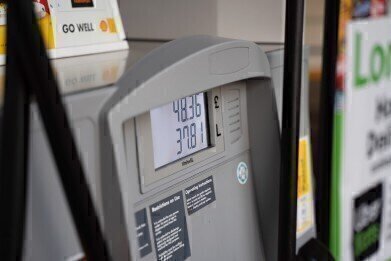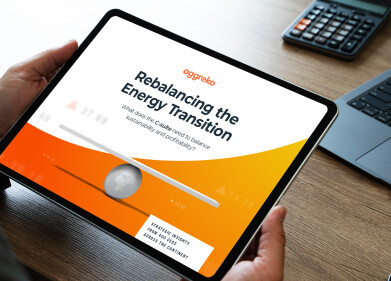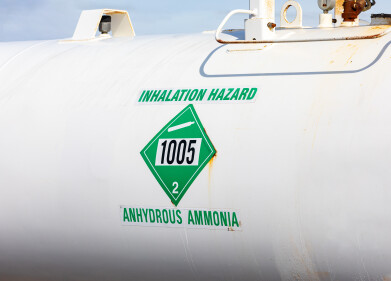Fuel for thought
The ABCs of Tier III Gasoline Regulations
Aug 05 2015
The world is developing an increasing awareness for the need to slash its CO2 emissions, and government regulations play an integral role in ensuring that this becomes a reality. On March 3 the Environmental Protection Agency made a milestone announcement revealing that a new set of emissions laws is on the horizon. Based on 2000’s Tier 2 code of practice, the Tier 3 regulations address vehicle emission standards and sulphur dioxide emissions from gasoline. The new laws are set to come into effect from 2017 and will seriously shake up the way the USA emits CO2.
Farewell to sulphur and tail-pipes
One of the biggest changes is the requirement of refineries to slash sulphur in gasoline from 30 parts per million to 10 parts per million. The reduction will trigger a huge CO2 emission drops across the nation. In the lead up to the transition the EPA has implemented a one year deadline for refiners, importers and bio-fuel blenders to prepare. While emissions will drop industry experts predict that at the pump fuel costs will rise by six cents.
Another issue addresses by the Tier III regulations is the phase-out of vehicle tail-pipe standards. From 2017 this will play a significant role in reducing non-methane gas and nitrogen oxide emissions by 80%, as well as slash particulate matter emissions by 70%.
A myriad of national benefits
For the USA as a nation the Tier III Gasoline Regulations are set to generate an array of benefits. As well as helping America meet national air quality standards the country will also save $6.7 billion to $19 billion in health costs. While the EPA has confirmed that the overall scheme will cost around US$1.5 billion per year, the annual health benefits will be up to 12 times as lucrative. “The benefits far outweigh the costs,” explains EPA Administrator Gina McCarthy. This is due to the fact that US citizens will breathe cleaner air which will consequently prevent up to 2,000 premature deaths per year.
Want to know more about the upcoming regulations? ‘Tier III Gasoline Regulations on the Horizon’ offer readers an in-depth overview of the new requirements, as well as tips on how to stay compliant. In particular it looks at the preparation of gravimetric standards in order to ensure that sulphur content in fuel measures in at less than 10 parts per million.
Digital Edition
PIN 25.6 Buyers' Guide
January 2025
Buyers' Guide Directory - Product Listings by Category - Suppliers Listings (A-Z) Articles Analytical Instrumentation - ASTM D7042: The Quantum Leap in Viscosity Testing Technology -...
View all digital editions
Events
Jan 20 2025 San Diego, CA, USA
Jan 22 2025 Tokyo, Japan
Jan 25 2025 San Diego, CA, USA
SPE Hydraulic Fracturing Technology Conference and Exhibition
Feb 04 2025 The Woodlands, TX, USA
Feb 05 2025 Guangzhou, China



















